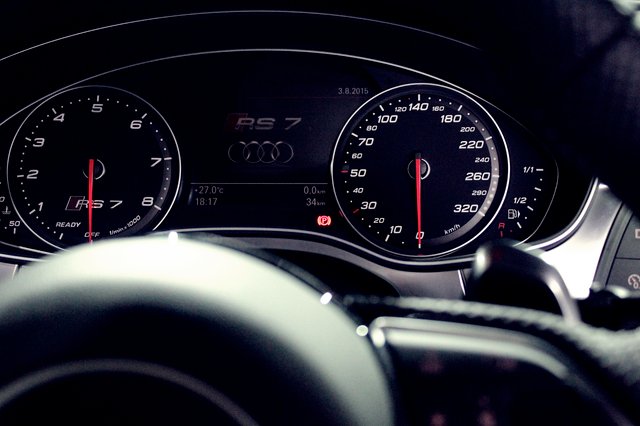We all love our cars, that is, until lights start turning on in our dash display. Before you panic and call up your local mechanic, it’s a good idea to look up what the diagnostic trouble code is indicating. This will give you some insight into the problem that your car is experiencing and allow you to make a more informed decision to solve it.

Oxygen Sensor
When your car has an issue with its oxygen sensor, you’ll find codes ranging from P0171 to P0175. Your car’s oxygen sensor works to monitor the amount of oxygen that is in the exhaust. This information then instructions your car’s computer to adjust the fuel mixture to minimize emissions and maximize your fuel economy.
Engine Misfire
When codes P0300 to P0305 popup, it’s an indication that your engine is dealing with a misfire. This misfire is typically caused by a problem with one or more of your cylinders. In most cars, the OBD-II system monitors the speed of your car’s crankshaft while your engine is in operation. When this system detects there is a decrease in speed in the crankshaft, it will bring up this code. You should head to your automotive repair mechanic to get this one checked out.
Evaporative System
Codes P0411, P0440, P0442, P0446, and P0455 all indicate that you’ve got a problem with your evaporation (EVAP) system. Your EVAP system works to remove the vapors that your fuel produces when it burns. Something as simple as a loose gas cap can allow fuel vapors to escape from your tank and set off this diagnostic code. Your EVAP system includes a purge valve, pressure/vacuum sensor, charcoal canister, and vent hoses.
Exhaust Gas Recirculation (EGR)
The last diagnostic code that we’re going to talk about is P0401. This signals a problem with the EGR system in your car. Your car’s EGR system is responsible for controlling your engine’s emission of nitrous oxides or NOx for short. Taking many short trips can result in a carbon buildup that can turn on this sensor. Also, if you have lapsed in changing your oil, this can also signal this diagnostic code.
Your car is a very complex system that regulates many processes through its computer system. When there are problems brewing with your vehicle, you’ll receive a diagnostic trouble code. The above are four of the most common diagnostic codes that drivers experience and what they likely mean.